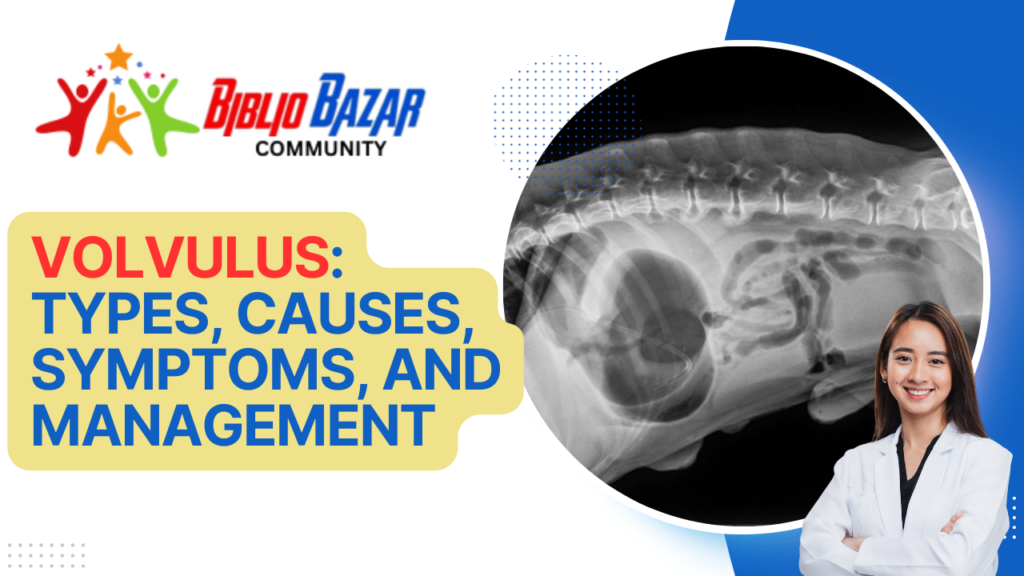
Peritonitis is a serious medical condition characterized by the inflammation of the peritoneum, the thin layer of tissue that lines the inside of the abdomen and covers most of the abdominal organs. This condition can be acute, developing suddenly and rapidly, or chronic, developing gradually over time. Peritonitis can be classified into three types: primary, secondary, and tertiary. Primary peritonitis, also known as spontaneous bacterial peritonitis (SBP), typically occurs due to a bacterial infection without a clear source within the abdomen. This type is commonly seen in individuals with liver cirrhosis and ascites. Secondary peritonitis is caused by a rupture in the abdominal cavity, such as a perforated ulcer, appendicitis, or diverticulitis, which allows intestinal contents to spill into the sterile peritoneal space. Tertiary peritonitis refers to persistent or recurrent infections following initial treatment, often affecting critically ill patients.
The causes of peritonitis are varied and depend on its type. Primary peritonitis is usually the result of bacterial translocation in patients with ascites. Secondary peritonitis arises from perforation or injury to abdominal organs, such as a ruptured appendix, perforated peptic ulcer, or trauma. Tertiary peritonitis develops from resistant or recurrent infections in patients who have previously undergone abdominal surgeries or have compromised immune systems.

Several risk factors can increase the likelihood of developing peritonitis. These include conditions that weaken the immune system, such as chronic liver disease (especially cirrhosis), kidney failure requiring dialysis, and certain autoimmune disorders. Individuals with a history of abdominal surgeries or trauma, gastrointestinal perforations, and infections are also at higher risk.
Symptoms of peritonitis can be severe and include sudden, intense abdominal pain, tenderness or distension of the abdomen, fever, nausea, vomiting, and a loss of appetite. In severe cases, patients may experience signs of sepsis, such as rapid heart rate, low blood pressure, and confusion. Chronic peritonitis may present with milder but persistent symptoms, including abdominal discomfort, bloating, and fatigue.

Treatment for peritonitis depends on its underlying cause and severity. Immediate medical attention is crucial to prevent complications. Initial management typically includes the administration of broad-spectrum antibiotics to combat infection. In cases of secondary peritonitis, surgical intervention is often necessary to repair the source of infection, such as a perforated organ. Drainage of abscesses or fluid collections within the abdomen may also be required. Tertiary peritonitis may necessitate more complex and prolonged treatments due to the presence of resistant organisms.
Surgical management plays a critical role in treating secondary and tertiary peritonitis. Procedures may involve laparotomy (open surgery) or laparoscopic surgery to identify and repair the source of infection, remove infected tissue, and drain abscesses. Postoperative care is essential to monitor for complications, manage pain, and support the patient’s recovery through nutritional support and fluid management.

A comprehensive nursing care plan for patients with peritonitis involves close monitoring of vital signs, pain management, administration of medications, and wound care. Nurses play a vital role in ensuring the patient receives adequate hydration and nutrition, preventing infections, and educating the patient and family about the condition and its management. They also monitor for signs of complications, such as sepsis or organ failure, and ensure timely interventions.
In conclusion, peritonitis is a potentially life-threatening condition that requires prompt diagnosis and treatment. Understanding the different types, causes, risk factors, symptoms, treatment options, surgical management, and nursing care is essential for effective management and improved patient outcomes. Early intervention and appropriate treatment are critical in preventing complications and promoting recovery. Subscribe to us for more videos like this and visit bazarbiblio.com for notes and free PDF books. Thank you.
Frequently Asked Questions (FAQs)
- What is peritonitis?
Peritonitis is an inflammation of the peritoneum, the tissue lining the abdomen and covering abdominal organs. - What causes peritonitis?
Causes include bacterial infections, ruptured abdominal organs (such as appendicitis or a perforated ulcer), and complications from surgeries or trauma. - What are the risk factors for peritonitis?
Risk factors include chronic liver disease, kidney failure requiring dialysis, autoimmune disorders, a history of abdominal surgery, and gastrointestinal perforations. - What are the symptoms of peritonitis?
Symptoms include severe abdominal pain, tenderness, fever, nausea, vomiting, loss of appetite, and in severe cases, signs of sepsis like rapid heart rate and low blood pressure. - How is peritonitis diagnosed?
Diagnosis is made through clinical evaluation, blood tests, imaging studies like CT scans, and sometimes analysis of peritoneal fluid. - What are the treatment options for peritonitis?
Treatment includes antibiotics to fight infection and, in cases of secondary peritonitis, surgery to repair the source of infection and drain abscesses. - When is surgery necessary for peritonitis?
Surgery is necessary when there is a perforated abdominal organ or other sources of infection that need to be repaired or removed. - What is the role of nursing care in managing peritonitis?
Nursing care involves monitoring vital signs, managing pain, administering medications, providing wound care, and educating patients about their condition and treatment. - Can peritonitis be prevented?
Prevention includes managing underlying health conditions, avoiding abdominal trauma, and promptly treating infections or gastrointestinal problems. - What are the potential complications of peritonitis?
Complications can include sepsis, organ failure, abscess formation, and chronic pain or digestive issues. Early treatment is crucial to prevent these outcomes.
Discover more from Bibliobazar Digi Books
Subscribe to get the latest posts sent to your email.


